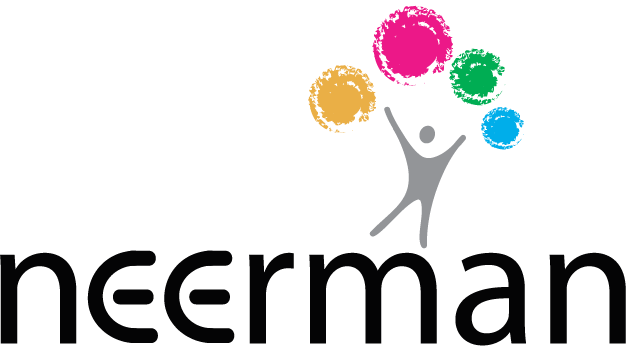
Cost Benefit Analysis of Swachh Bharat Abhiyan – Joint study with UNICEF
June 24, 2021
What is Feeder Separation and why should we care?
July 30, 2021Improving Results-Based Monitoring in NGOs and CSR Organizations

For many CSR organizations and NGOs, congregating all efforts towards a programmatic goal can often become a very real challenge. From a single programmatic goal to achieving the Sustainable Development Goals (SDGs) is often a matter of setting up the right collaborations so that all stakeholders involved — from the Government to the private sector, civil society organizations, and citizens — partner the programme in an optimal manner. The importance of this was underscored by the recent changes in the Companies (Corporate Social Responsibility Policy) Amendment Rules, 2021, which make impact assessments mandatory.
A robust monitoring system, if designed well, can form the glue around which such a multi-stakeholder partnership is built. It can be a powerful advocacy tool, setting targets, bringing accountability, and building a sense of urgency to achieve the Sustainable Development Goals.
NEERMAN conducted a small exploratory study just over a year ago — in May-June 2020 — to look into the extent and depth to which monitoring and evaluation (M&E) are used in the CSR and NGO sectors. The study aimed at exploring how CSR organizations and NGOs approach M&E philosophically and methodologically, how they use the findings, and what gaps need to be addressed.
Although the methodology used in the study precludes the possibility of generalized recommendations, what the study does show, however, is the sense that certain steps can be put in place to improve the current situation.
The major findings of the study include the fact that M&E is used extensively in the sector, even as this use remains ad hoc, rarely driven by sound research principles, and not quite conducive to track progress towards the SDGs — which would require sustained efforts in training and capacity building so that such organizations can design, implement, and use results-based monitoring systems, integrate qualitative and quantitative research methods properly and be able to scale up and gain efficiency using tech-based tools.
The top three gaps identified include:
- Selection of implementation partners by CSR organizations.
- Independent assessments of the quality of data and needs assessments.
- Availability of secondary/external data.
Several other challenges also emerged. The lack of a single, go-to platform for sourcing the credentials of NGOs, for instance. This is a need not just to get to know which are the credible organizations to work with, but also to be able to target investments to areas where the need is most acutely felt.
In the absence of independent verification methods, the needs assessments by individual NGOs become the only source to form an understanding of the requirements of a region and the best ways to serve these requirements. Related to this is the challenge of the (un)availability of data.
In all, the study threw up four categories of challenges associated with the design and use of M&E systems:
- The development of M&E framework/plans,
- Data quality assurance,
- Data processing and analysis, and
- The ability to use data in mid-source corrective action.
In summary, while all NGOs and CSR organizations understand the need for robust M&E for data and evidence-driven programming, the gap is in doing such work in a way that’s helpful, accountable, and efficient. Only a few organizations and experts have the skills and knowledge that are useful for monitoring systems or for conducting research.
In summary, the study makes four recommendations that can help the ecosystem, overall:
- Work on a common platform of credible information on NGOs: The NGO Darpan site by the Niti Ayog is a great place to build up, with more, and more detailed, information.
- Micro-data from the Gram Panchayat/village/Ward levels should be made available to all.
- CSR and funding organizations need to invest in integrated results-oriented, technology-driven, quantitative M&E systems and program design and implementation from the word go.
- In parallel, investments are needed in building the capacity of NGOs and CSR entities to develop, implement and use such monitoring systems.
To access the full study, write to info@neerman.org


